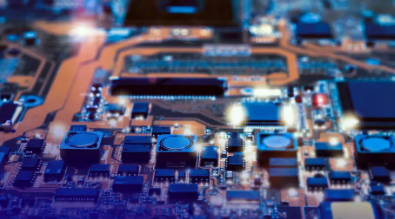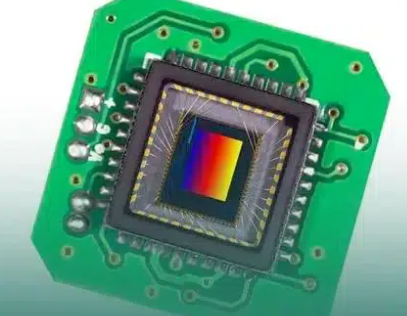Security-on-a-Chip Features Protection Profiles for European Utilities
With more and more energy utilities adopting smart metering and technologies, the potential for cyberattacks increases significantly. Hence, enabling security within the connected devices becomes critical, especially with the global smart metering system market set to reach $21 billion by 2024.
To address this, chip vendors are increasingly developing IoT security solutions, with the latest being STMicroelectronics, which has introduced the STSAFE-J100 security-on-a-chip device featuring pre-certified protection profiles for German BSI and French Enedis smart-utilities specifications.
Several countries have begun enforcing the implementation of smart meters. By adopting automated technologies, energy utilities stand to benefit from helping energy conservation, improving customer service, and providing better load management; consumers can also make consumption decisions based on real-time information.
The new ST chip integrated into IoT devices like smart meters, data concentrators, and utility gateways gives objects an unalterable identity that can be authenticated; it also handles encrypted communications and provides secure storage. Customizable with market-specific applets, the STSAFE-J100 secure element combines CC EAL5+ certified hardware and a CC EAL5+ certified secure operating system. Device designers can use ST’s pre-certified profiles or create their own security profiles.
The device is backwards-compatible with its predecessor, ST’s Kerkey embedded secure element, to preserve customers’ existing investment in software and development expertise. The new chip adds extra memory, offering up to 66 kB of user data storage; it executes cryptographic algorithms faster, leveraging its updated and higher-performing secure microcontroller embedding dedicated hardware accelerator.
The STSAFE-J100 security chip within a smart network.Source: STMicroelectronics
Running on this improved hardware, the latest JavaCard secure OS, Version 3.0.4 Classic with GlobalPlatform provides advanced security features, including support for password-authenticated connection establishment (PACE) protocol. Leveraging ST’s crypto library including DES/3DES, RSA, ECC and AES, SHA-1, SHA-256, SHA-512, CRC32, and CRC16, the STSAFE-J100 is certified to Common Criteria (CC) EAL5+ — the highest level for commercial electronic-security equipment. Middleware complying with the latest Public-Key Cryptography Standards (PKCS #11) ensures the new chip’s adherence to best-in-class security technologies.
Protection profiles, run as applets on the JavaCard OS, enable rapid customization to meet the needs of individual markets and use cases. The STSAFE-J100 can be supplied ready for customers to integrate their own applets or with selected off-the-shelf applets from ST that reduce integration and certification overhead and allow faster time-to-market. ST has extended the selection of pre-certified applets available, which includes generic applets as well as the latest BSI-CC-PP-0077-V2 and Enedis protection profiles, allowing users to quickly and cost-effectively configure solutions for the German and French smart-utility markets.
Also part of the STSAFE-J100 ecosystem, in addition to the turnkey applets and secure personalization service, the STS-J-PROGQ32ELx development board allows engineers to interact with the chip using general-purpose MCU development boards. The STSAFE-J100 is delivered with all documentation, software libraries, drivers, test tool, and a code example to help personalize the device.
The STSAFE-J100 occupies minimal real estate on the main system board in a 5 x 5-mm VFQFPN32, 6.0 x 4.9-mm SO8N, or 4.2 x 4.0-mm UDFN8 package.
在线留言询价

Microsoft Unveils In-House AI Chip, Poised for Competitive Edge with a Powerful Ecosystem

What is digital chip? What is analog chip?
- 一周热料
- 紧缺物料秒杀
| 型号 | 品牌 | 询价 |
|---|---|---|
| MC33074DR2G | onsemi | |
| BD71847AMWV-E2 | ROHM Semiconductor | |
| RB751G-40T2R | ROHM Semiconductor | |
| TL431ACLPR | Texas Instruments | |
| CDZVT2R20B | ROHM Semiconductor |
| 型号 | 品牌 | 抢购 |
|---|---|---|
| IPZ40N04S5L4R8ATMA1 | Infineon Technologies | |
| BP3621 | ROHM Semiconductor | |
| ESR03EZPJ151 | ROHM Semiconductor | |
| STM32F429IGT6 | STMicroelectronics | |
| BU33JA2MNVX-CTL | ROHM Semiconductor | |
| TPS63050YFFR | Texas Instruments |
AMEYA360公众号二维码
识别二维码,即可关注


























